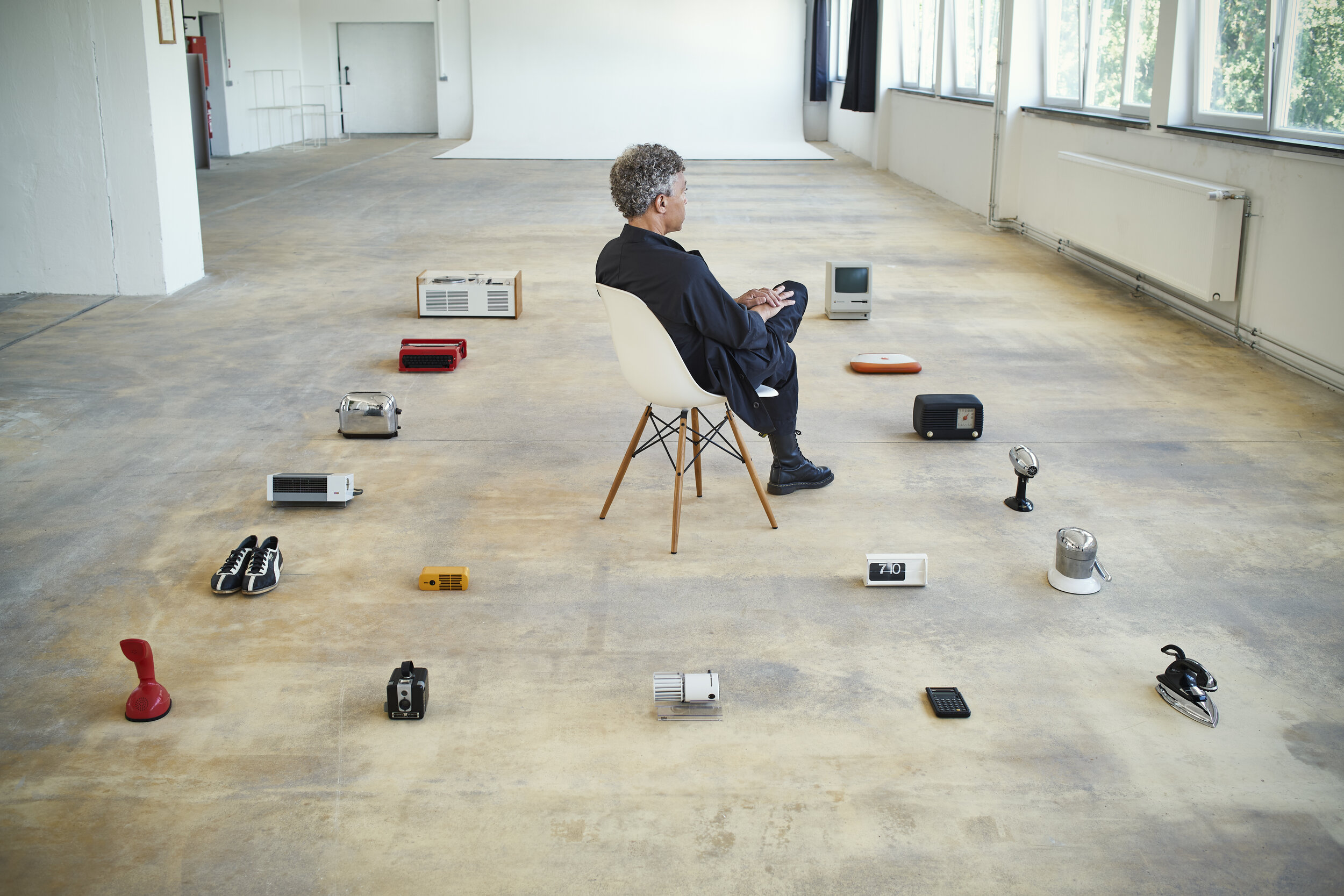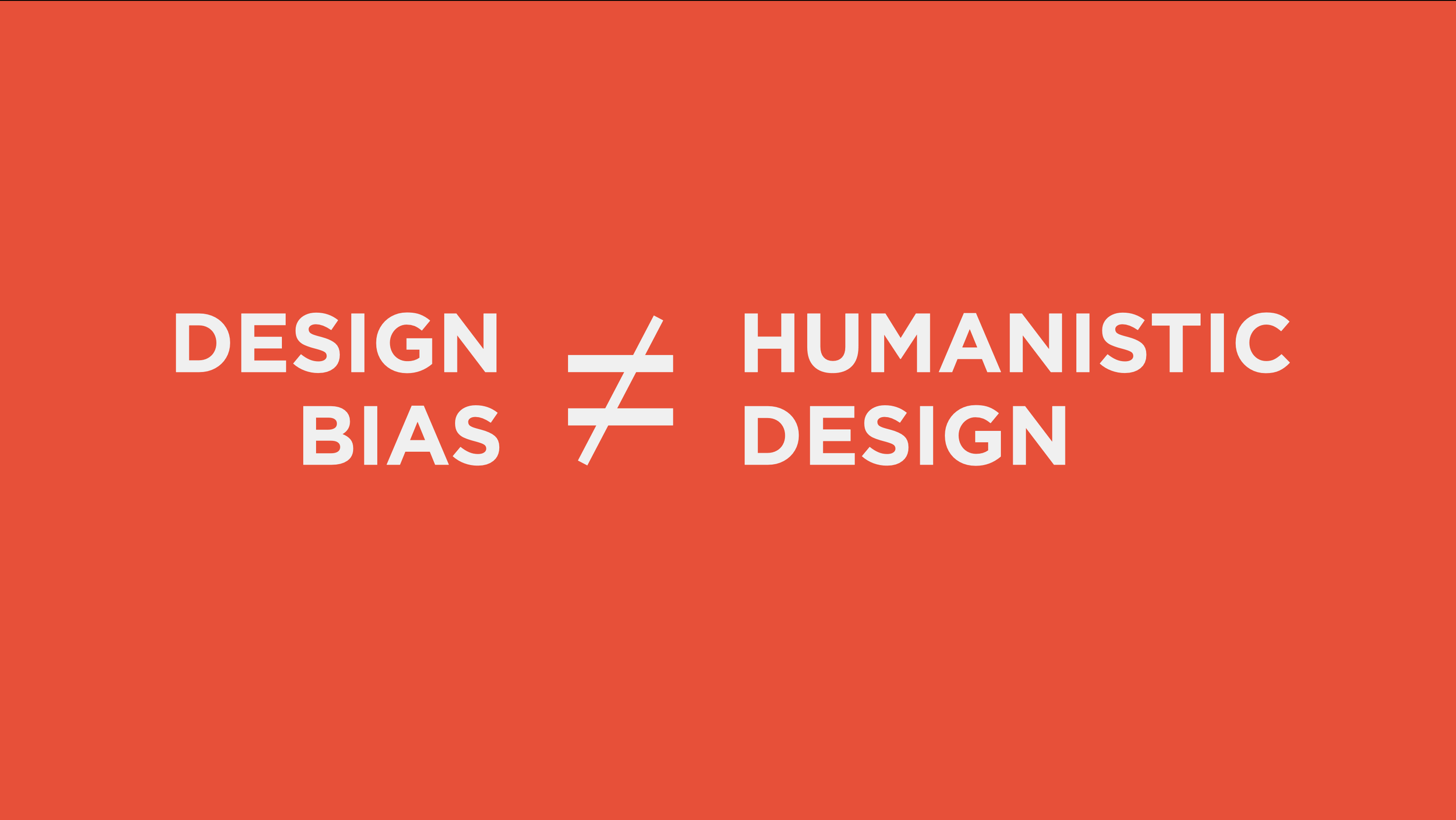Design Crossroads
My influences, intentions and outlook for the future of design.
The World Shoe Brand
Two years in the making - the work that I spend many waking hours thinking about and nurturing has emerged as a global brand.
Meet The World Shoe.
Is Ai good
for design?
I was invited to speak at a symposium sponsored by Hong Kong based Laboratory for Artificial Intelligence and Design. While the headline “Fashion x Ai” implied a focus on the fashion industry, speakers were assembled from an array of sectors including industrial manufacturing, marketing, bioscience, academia, industrial design and fashion design. The application of Ai across a range of sectors was displayed through presentation titles such as “The Computability of Narrative and the Possibility of AI Generated Content”, “The Role of AI in Branding” and “Navigating the Adoption of AI in Traditional Industries”.
I started with an experiment using Midjourney. Having roots in footwear design I set off to explore what it could do in that realm by prompting: Imagine a running shoe that is white with wood details in the style of Dieter Rams. The results were not only fast but also impressive, highly developed renderings. I went on to “create” more; a mens jacket, a women’s dress, eyeglasses, a motorcycle. It was fun. But it was also troubling. I realised that the imagery was realistic enough that with the addition of some detail specifications it could be used to initiate a prototype in very short time by someone who has no design training at all. All they would need was a computer. That amounted to an assault on the profession that I covet. Ok, not the motorcycle but lots could be done in this way. There, I said it. Designers could be made redundant with Ai in the product creation process.
“Ai takes in observations about the world and learns to make sense of them.”
- Sam Altman - CEO, OpenAi
Evidence shows that is in fact the case. There are nearly five billion internet users worldwide which is 63% of the global population.* That does not mean that all 63% are generating scrapable data. And it is no surprise that the developed world is taking the lead in internet use. So, the data that Ai uses leaves out 40% of the people on the planet. When it comes to mining creativity I would say that is not intelligent at all. Further evidence shows that when it comes to writing the code that converts that data, bias ensues which is also no surprise considering 78% of computing-related jobs are held by men**. The imbalance is compounded as ethnic minorities make up only 17% of the computing and information technology workforce.*** The MIT Technology Review reported on a government study that confirmed most facial recognition systems are racist. Googles image recognition software categorised black people as gorillas. This indicates that under sampling “the world” leads to bias. In my own Midjourney experiment the prompt //Imagine a photorealistic image of teenager walking in an urban setting wearing a running shoe that is white with wood details in the style of Dieter Rams produced a white male in the resulting artwork. If we are not careful tech culture will continue to create an echo chamber in which we only see what already see.
***World Economic Forum (WEF) *** National Center for Women & Information Technology (NCWIT) - both via ChatGPT
In recent years I pivoted my approach to design toward what I call Humanistic Design. I am driven to design for humanity not only for consumers and markets. When Ai enters the picture of humanistic design a conflict arises. The design bias that Ai embodies is the opposite of Humanistic Design. So, is Ai good? I am not here to say the answer is no. I embrace technology for the positive that it can bring. But I do offer a voice of skepticism and caution with the intention of helping to course correct it if I can. I want to be a part of channeling the technology to do good because I believe that it can. Sam Altman said “You need to understand what's going on in the world. And you need to be able to think of new things. And you need to be able to take action to accomplish goals.” In the design world accomplishing goals is solving problems or answering unmet needs. Good design is open to new outcomes unfettered by existing ones which Ai largely stands to produce. It can only draw from what is already out there.
But Ai can and is being put to good use. One of my clients is a company in Helsinki called the Wellness Foundry. They are addressing the problem of food intelligence or rather the lack of in communities around the world. For example 30% of Americans eat fast food every day. Poor diet is a major driver of healthcare costs in the United States and Europe. 45% of costs related to cardiometabolic conditions are attributed to diet. Helping to address these problems the Wellness Foundry developed Metabite which is a platform that offers personalized nutrition counselling. It takes an evidence based (aka data) that scales nutrition counselling to a population level helping not only individuals but also communities. Efficacy studies indicate that it improves health and stands to reduce healthcare costs. The platform deploys Ai powered image recognition software that identifies the meal the user is planning to have, plugs them into a community of healthcare professionals and peers and helps guide them toward making better food choices. It is a fine example of AI and Humanistic Design. During my last visit to the dentist my X-Ray results were shared using a platform that uses AI to visualize a predictive model of my teeth and what could become of them without proper dental care.
These examples get off the topic of Ai in design. But I have never considered design as one dimensional. Massimo Vignelli said that if you can design one thing, you can design anything. The point here is that you can use the principals of design along with Ai to solve problems in any space, industry or sector. But the technology must be evolved to support that effort. That will depend on individual efforts.
These are some ways that it can be done:
Explore the fringes of the technology. Ask the question how else can Ai be used beyond what is being served up presently.
What can we add to make it more relevant or the way we want it to be?
How could we make use of it so that it really empowers people and doesn’t degrade them?
In all of the presentations and panel discussions at the Fashion x Ai symposium, a red thread emerged: acknowledgement that we are still in the early days of this technological movement and a certain ambivalence with regard to its value and staying power. New technologies can have both good and bad results. My efforts will be driven towards making Ai a design tool to do good.

My reach has been broad: from analog to digital, microchips to micro-organisms.
Design for all that it is.
I was trained to think, to shape and to make. To be strategic, intelligent and business-minded through the lens of design. To see design for all that it is. All that it requires of us. And all it can achieve. It’s my job to see things differently and to think differently. To pinpoint the ideas that will become the products and experiences that make a difference and redirect the road ahead.

Contact DBC about how we can help you extend the mobility experience.
“Don’t be governed by the grid, govern the grid.”
- Massimo Vignelli
Punk Professionalism defines my approach. It connects the dots. It’s not only about breaking down barriers, but knowing which ones to dodge. Focusing on the mission, the budget and the schedule, but keeping the vision solidly in view.












